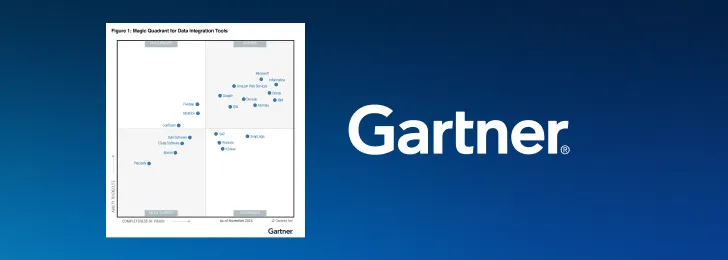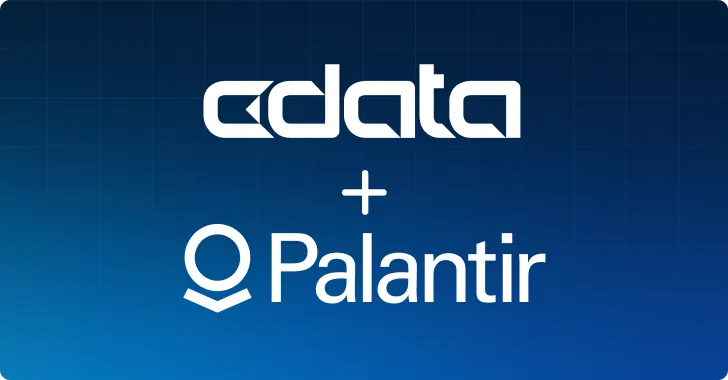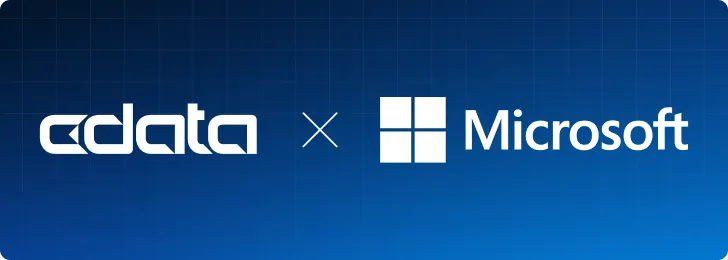
As companies embrace new opportunities afforded by cloud, multi-cloud, and hybrid infrastructures, their adoption increasingly faces challenges due to tech talent shortages and more. Fortunately, CData and our partners are helping organizations unite decentralized data and support connectivity gaps across their diverse data ecosystems.
David Kleiss, CData Senior Partner Alliances Manager, took some time with us to discuss why technology providers are working collaboratively as alliance partners to address this problem.
1. Can you give us some background on your role here at CData?
Kleiss: CData delivers the world’s most comprehensive suite of data connectivity tools. We provide universal data connectivity to and from any source or application – everything from ERPs, CRMs, Big Data, and NoSQL databases and data lakes to accounting, marketing, and e-commerce platforms.
Each one of these technologies represents a potential alliance or partnership where we can work collaboratively to better serve our joint customers. I have the unique privilege of cultivating and nurturing these technology partnerships at CData, with my primary focus being on our Technology Alliance Partners.
2. How does CData approach partnerships?
Kleiss: I love this question because the term “partnerships” can mean so many different things. CData offers flexible partnership models to meet the varying needs and maturity levels of our partners.
CData partners are divided into three distinct categories:
Technology Alliance Partners, which are ISVs (independent software vendors) whose customers can easily leverage CData connectors and integration tools to work with their software. I would also include our strategic Marketplace Partners like AWS and Azure in this category.
Channel Partners like resellers, service providers, SIs (system integrators), consultants, and distributors.
OEM Partners, which include some of the world’s most successful ISVs, fully embed CData connectivity solutions within their application or platform. In our large OEM customer base, we also partner with SaaS and data source vendors to build standards-based data drivers for their APIs.
3. Why is partnering with CData valuable to partners and customers?
Kleiss: By working collaboratively with CData, any potential connectivity or integration roadblocks to our partners’ offerings disappear, resulting in more wins, happier customers, and increased user retention.
The amazing thing about CData’s data and partner ecosystem is that there is a symbiotic relationship where all parties benefit.
OEM customers partner with CData to easily extend the breadth of connectivity to their platform while eliminating expensive, time-consuming development and API maintenance. Channel partners love CData because we allow them to access untapped markets and address the connectivity needs of both SMBs and larger enterprises. And our Technology Alliance Partners recognize that no one vendor can be all things to all customers.
For example, HarperDB, one of our OEM data source vendors, wanted accessibility from Tableau or Power BI, our ecosystem partners. Meanwhile, these application companies all want to be able to consume data easily from the likes of Snowflake, Couchbase, or MongoDB, our data source technology alliance partners.
The partnerships created with CData Software create this ecosystem network effect where we all complement each other — and partners and customers alike benefit.
– David Kleiss, CData Senior Partner Alliances Manager
4. What makes for a good partnership?
Kleiss: Great question. First and foremost, partners need to have great technology. CData and our partners certainly have that. But our best partnerships embody the saying: “the whole is greater than the sum of its parts.”
When all parties fully adopt this mantra, we can move the needle. In practice, good partners:
Aren’t afraid to hop on joint calls with customers or collaboratively support a POC (proof of concept).
Are open-handed, meaning they make it easy to access each other’s technology for development purposes.
Are extremely communicative and provide open access to each other’s sales and support teams to stay apprised of technology roadmaps and customer wins.
It’s easy to slap a logo on a company’s partner page or push a co-marketing blog on social. But the rubber meets the road when technology partners get into the trenches together.
5. What do you think the future holds for CData and its partner ecosystem?
Kleiss: Our new CRO, Josh Waldo, has a background in this partnership space, and has big plans to continue investing in our partner programs, partner support, and co-marketing efforts. Because CData makes considerable investments to engineer the best connectivity in the market, I expect our OEM business to soar and our partner ecosystem to grow exponentially.
It’s a great time to partner with CData, whether you’re an ISV looking to embed connectivity, a channel partner wanting to expand your portfolio, or a Technology Alliance partner wanting greater market exposure and flexible connectivity and integration paths to your platform for all customers.
The CData Difference
If you’re looking to learn more about what you can accomplish by partnering with CData, please reach out to [email protected] and feel free to explore more about our Industry Partners today.





